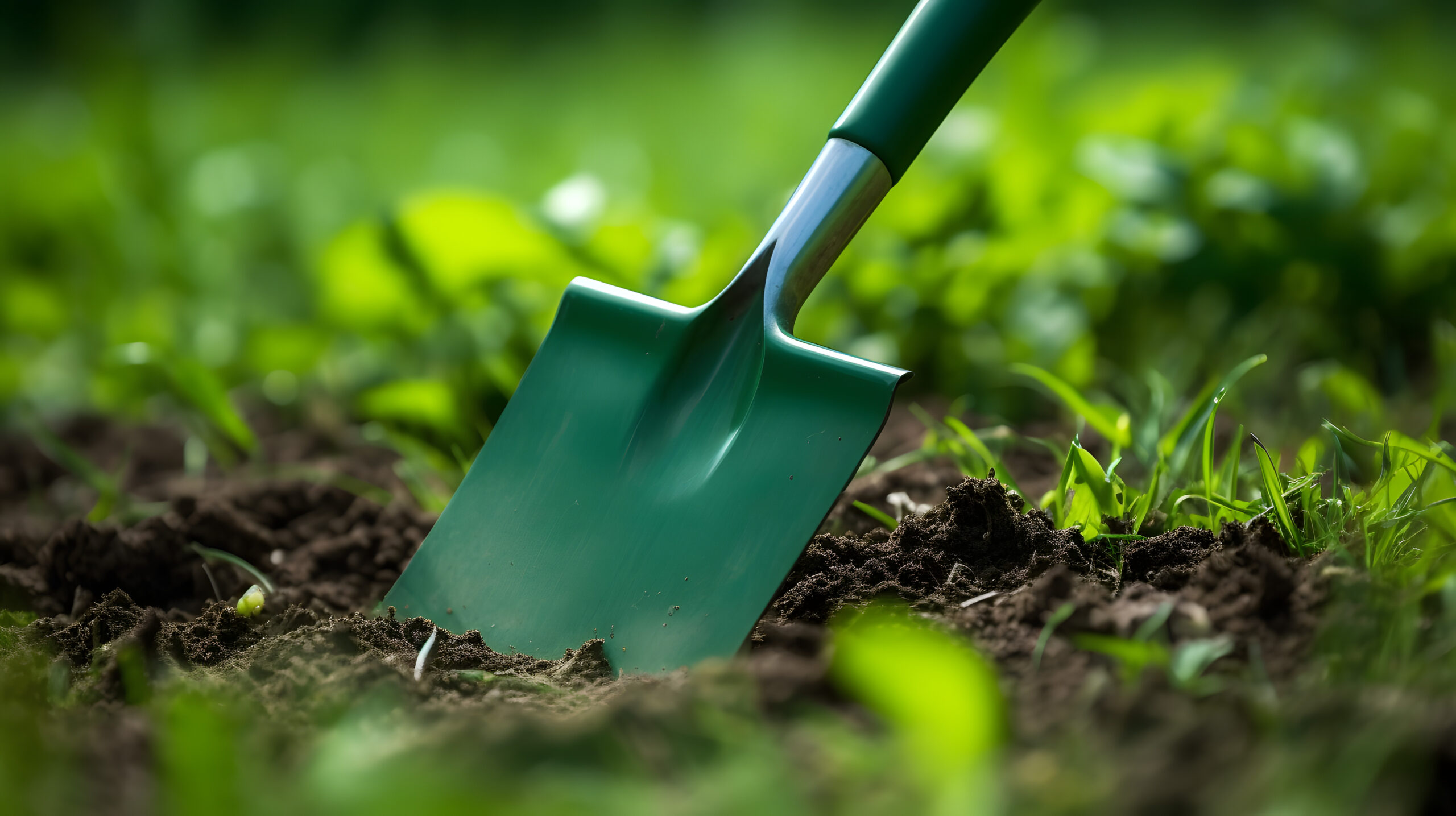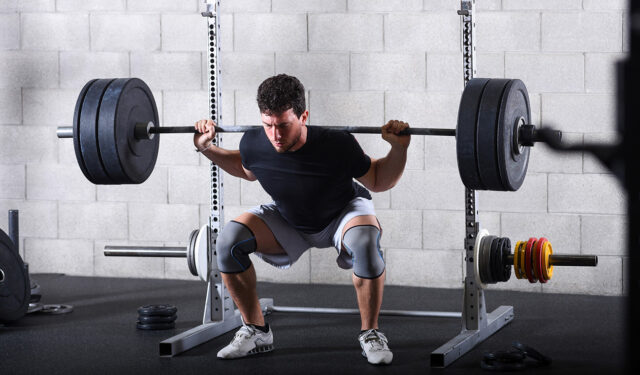
Gardening and Chiropractic Treatment
Chiropractic; If you get back pain from gardening, it is likely that you already have an underlying problem that needs attention.
Squatting is a vital movement that everyone should be able to perform safely and correctly. It’s not just for athletes—it’s an essential skill for daily life. Whether you’re lifting in the gym or simply getting out of a chair, squatting plays a key role in maintaining joint and spinal health.
In powerlifting, the squat is one of the three main lifts. But many people struggle with form, which can lead to pain and injury. This guide will show you how to perform a proper squat, avoid common mistakes, and understand the full-body benefits of squatting.

Want to know more? Request a Callback
Or give us a call, to find out how we can help you with Squatting Injuries and Powerlifting: A Guide to Proper Technique and Injury Prevention.
Book an Appointment
Schedule an appointment for Squatting Injuries and Powerlifting: A Guide to Proper Technique and Injury Prevention tailored to your needs.
The squat is a fundamental movement pattern. At our chiropractic clinic, we assess every patient’s ability to squat as part of their evaluation. The ability to move from sitting to standing (and back) is crucial for avoiding back injuries and other musculoskeletal issues.
From childhood, we naturally develop this movement. Kids can squat with perfect posture—hips mobile, spine stable, and muscles balanced. But as we age, habits like sitting all day, poor posture, and machine-focused gym routines weaken those movement patterns. Over time, this can lead to injury—not just in the gym, but in everyday life.
Relearning how to squat properly helps restore natural movement, prevent pain, and improve strength.
Let’s focus on the low bar squat, commonly used in powerlifting. Start with bodyweight only to master technique before adding weight.
Stand with your feet shoulder-width apart, toes pointed slightly out (around 20 degrees).
Stand tall—imagine your spine as a straight broomstick.
Take a deep breath and brace your core.
Push your hips back as if sitting on a chair—don’t lean forward.
Let your knees follow naturally but keep them pushing slightly out.
Lower yourself only as far as you can while keeping your back straight.
Push evenly through both feet and bring your hips forward to stand up.
Tip: If you can’t go deep without rounding your lower back, start from the bottom. Kneel, sit into a squat, then try standing from that position. This builds comfort and control at the hardest part of the movement.
Make sure your bodyweight squat is solid before adding any weight.
Begin with an empty barbell in a squat rack set at chest height.
Grip the bar slightly wider than shoulder-width. Keep your thumbs on the same side as your fingers—this reduces shoulder strain.
Step under the bar and rest it across your rear shoulder muscles (just below the shoulder blades).
Squeeze your upper back tightly to create a stable shelf for the bar.
Stand up to unrack the bar. Take two small steps back, and stay tight.
Set your feet shoulder-width apart, brace your core, and slowly squat as described above.
Important: Always move slowly and with control—rushing can lead to injury. Focus on perfecting the technique before adding weight.
This happens when your pelvis tucks under at the bottom of the squat, causing the lower spine to round. It’s one of the most common causes of lower back injuries, especially under heavy loads.
To prevent it:
Push your knees outward during the descent.
Only squat as deep as you can while keeping a straight spine.
Progressively increase your depth over time—practice with weight is better than overdoing mobility drills.
The barbell should move in a straight vertical line over the middle of your foot. If it shifts forward or backward, your body compensates and increases strain on your lower back, knees, and neck.
Check yourself: Look at your feet during squats. The bar should always stay over the center—not in front or behind.
You might wonder—if squats can cause injury, why bother?
Because a correctly performed squat offers far more benefits than risks:
Strengthens the entire body: hips, knees, spine, shoulders, and even the neck.
Improves balance and coordination: your nervous system works constantly to keep you stable.
Protects joints: it strengthens the small stabilising muscles that resistance machines ignore.
Prevents injury: both in the gym and in everyday life.
Machines isolate major muscles, but they neglect stabilisers. Over time, this imbalance can lead to shoulder issues (like rotator cuff injuries), joint sprains, and back pain.
Squats, along with other compound movements like deadlifts, kettlebell lifts, and cleans, train your body as a whole—not in isolated parts.
If you’re dealing with pain from squatting or weight training, we can help.
Our chiropractors specialise in biomechanics and injury prevention for the whole body—not just the spine. We also treat injuries to ligaments, muscles, and tendons, which are common in powerlifting.
If you’d like tailored advice or are experiencing pain, please get in touch with Isis Chiropractic Centres. We’re here to help you move better, lift safer, and feel stronger.
If you’re struggling with back pain, squatting technique, or lifting injuries, contact us today at Isis Chiropractic Centres. We’re happy to answer questions or book an appointment to get you back on track.